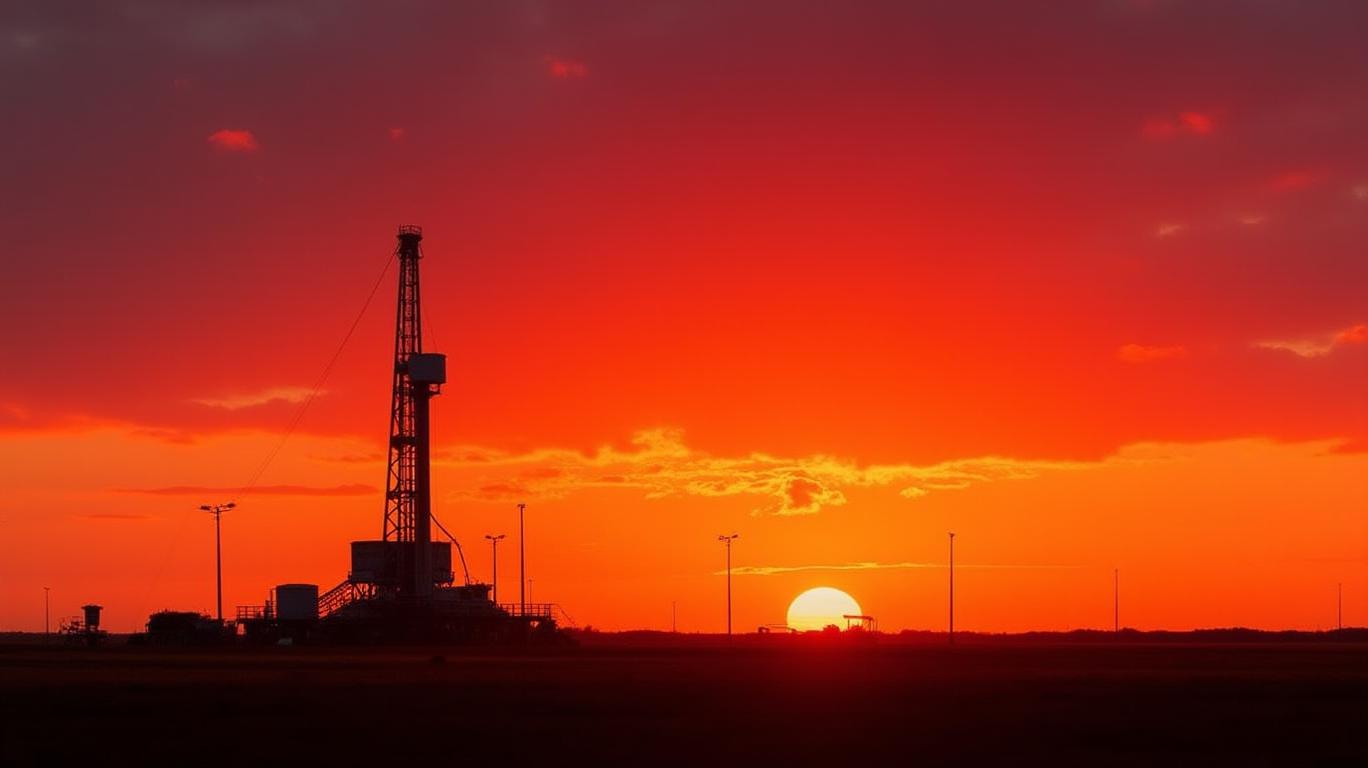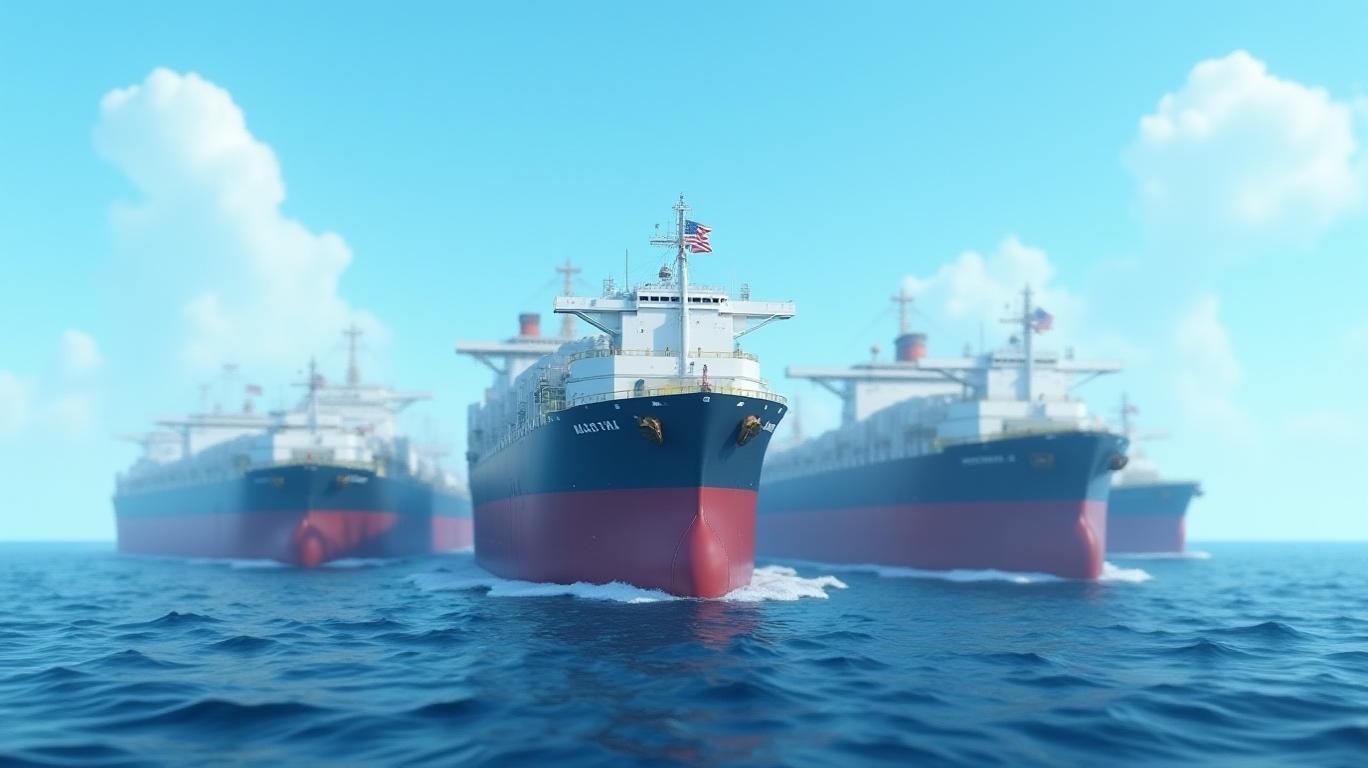U.S. Natural Gas Rallies as Near-Term Forecasts Add Demand
Monday, Mar 3, 2025 3:07 pm ET
The U.S. natural gas market has witnessed a recent rally, driven by a combination of factors that include cold weather, production declines, and geopolitical tensions. As the market navigates repeated false starts to the heating season, professional speculators have trimmed their net short positioning, reducing the risk of a short squeeze that could further boost prices. However, the long-term sustainability of this trend remains uncertain due to oversupply, lower demand, and expanding LNG export capacity.

Colder-than-normal temperatures across the United States in mid-January increased natural gas consumption, leading to a significant withdrawal from natural gas storage. During the week ending January 24, 2025, stocks fell by 321 billion cubic feet (Bcf), which was nearly 70% more than the five-year average withdrawal for the same week in January (EIA, 2025). This cold weather also led to modest production declines in January due to freeze-offs, which occur when water and other liquids freeze at the wellhead or in natural gas gathering lines near production activities (EIA, 2025).
Geopolitical tensions, such as the halt of Russian piped gas transit via Ukraine, could add to near-term LNG market pressures, potentially driving up prices. According to the International Energy Agency (IEA), the halt of Russian piped gas transit via Ukraine on January 1, 2025, does not pose an imminent supply security risk for the European Union. However, it could increase European LNG import requirements and further tighten global market fundamentals in 2025 (IEA, 2025).
In the U.S., geopolitical tensions can also impact natural gas prices through various channels. The U.S. Energy Information Administration (EIA) forecasts that U.S. liquefied natural gas (LNG) gross exports will increase from 12 billion cubic feet per day (Bcf/d) in 2024 to 14 Bcf/d in 2025 and 16 Bcf/d in 2026. This increase in LNG exports could lead to higher U.S. natural gas prices, as more gas is exported to meet global demand. Additionally, geopolitical tensions could disrupt global supply chains, leading to increased demand for U.S. LNG and higher prices.

In conclusion, the recent rally in U.S. natural gas prices has been driven by various factors, including cold weather, production declines, and geopolitical tensions. However, the long-term sustainability of this trend is uncertain due to oversupply, lower demand, and expanding LNG export capacity. As the market continues to navigate repeated false starts to the heating season, professional speculators have trimmed their net short positioning, reducing the risk of a short squeeze that could further boost prices. Geopolitical tensions, such as the halt of Russian piped gas transit via Ukraine, could add to near-term LNG market pressures, potentially driving up prices.









